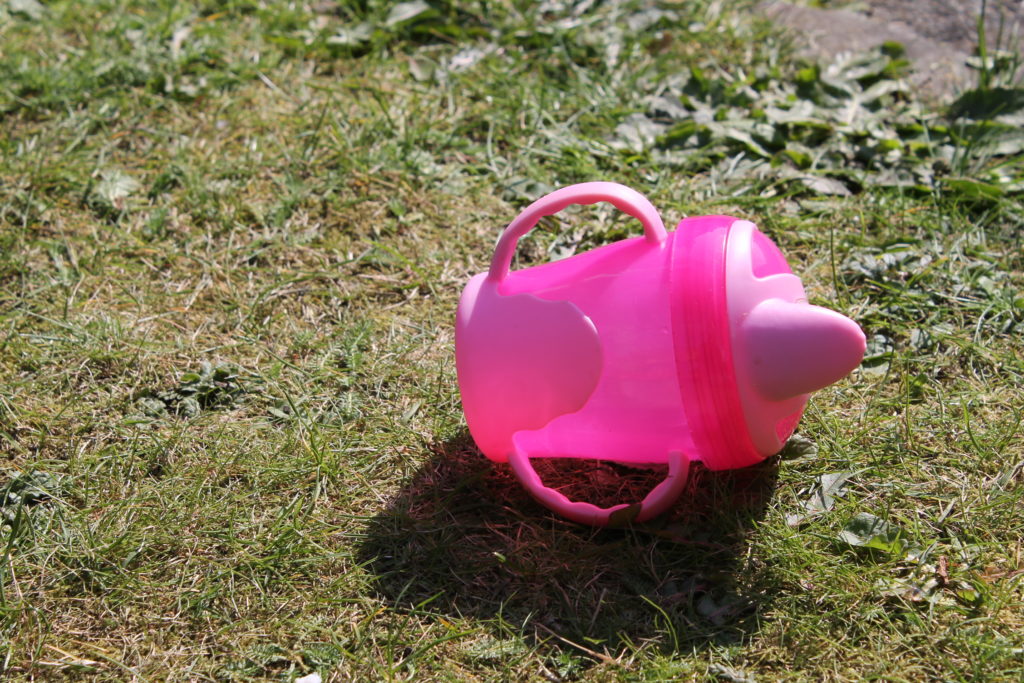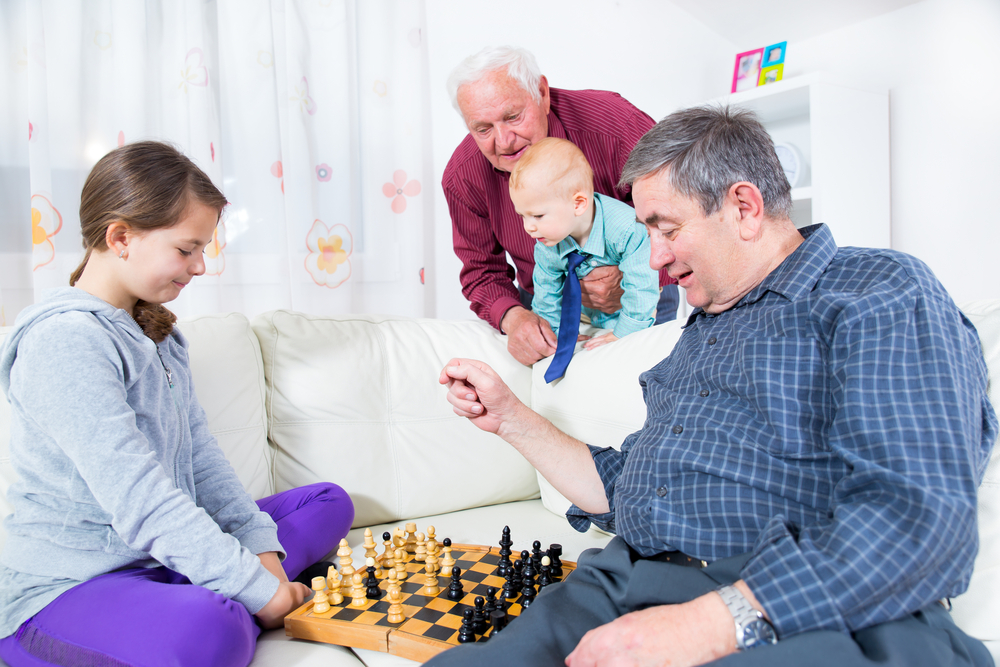
5 Ways Passive Smoking Can Affect Your Child’s Health*
One of the many reasons why my daughter’s father was no good for us was even after promising the health visitor he’d quit smoking as soon as she’d gone he tell me he had no intention to. I pleaded with him knowing how harmful it was to our baby but in his head passive smoking wasn’t going to cause any harm, how wrong he was.
Keeping your kids healthy and happy is a sharing concern to every parent. There’s nothing more satisfying than watching your kids growing up healthy and strong, and parents can move mountains to achieve it. But sometimes, we do things that seem unharmful, when the reality is that they’re actually damaging their overall health. Like exposing them to passive smoking.
Passive smoking is when someone breathes the second-hand smoke, also called environmental tobacco smoke, produced by the smoker. It’s especially harmful to children as they’re still growing up and their bodies are quite vulnerable to the cigarette’s toxins. Second-hand smoke is the mixture of the smoke exhaled by the smoker and the smoke from the cigarette. It contains over 4,000 harmful chemicals.

1. Poor Growth
Passive smoking is really dangerous, as the smoke that is burned at the end of a cigarette might be even more poisonous than the smoke that’s inhaled. There are many ways in which second-hand smoke can affect your children’s health. Have a look at the five most common ones.
We all know that smoking during pregnancy is not the best decision. But little we knew that there is a strong relationship between the baby’s weight and height, and the cigarettes the mother smoked during pregnancy. Babies from smoker mothers are born shorter and lighter than those from non-smoker mums.
Also, smoking during this important stage of the development of the unborn child can lead to congenital damage to their respiratory system. This damage might predispose children to a lifetime of respiratory infections.
2. Respiratory problems
Researchers have found that there’s a solid link between parental smoking and low respiratory illness because of the harmful effects on their immune system. Passive smoking can increase the risk of suffering from bronchitis and pneumonia, as well as triggering asthma symptoms and increasing asthma attacks on children who are already diagnosed with asthma.
This happens because passive smoking narrows the lung’s airways while filling them with sticky mucus, making asthmatic children more susceptible to having an attack. Respiratory problems in children don’t only affect their health, but they can also be an impediment to their education, as they might have to miss school more often.
It only takes for a kid to be exposed to 10 cigarettes a day to start developing asthma symptoms, even if they’ve never had them before.
3. Coughing and wheezing
Although your child’s cough and wheeze might be caused by a variety of reasons, like a cold, it could also be triggered because they’ve been exposed to passive smoking. When children are exposed to second-hand smoke, their airways get irritated and inflamed. Causing them to cough and wheeze.
Even though you might suspect that second-hand smoke is the reason for your children’s coughing and wheezing, you should always confirm it with your child’s paediatrician.
4. Ear infection
Passive smoking can depress your children’s immune system by increasing the adherence of bacteria in the respiratory passages. It could lead to an infection in the middle ear (otitis media). Middle ear infection can cause a slight hearing loss, lack of energy and high temperature.
Otitis media is usually caused by a cold, but exposing them to smoky environments can help to aggravate the symptoms.
5. Risk of Sudden Infant Death Syndrome (SIDS)
Babies from mothers who smoke are more likely to suffer from SIDS, also known as cot death. The exact reason why SIDS affects some babies is still unknown. But researchers believe that it happens during a particular stage when the baby is developing, affecting babies who are particularly susceptible to environmental stress.
Among the things that can cause environmental stress, the tobacco smoke is one of them. That’s why it’s crucial that you don’t smoke during pregnancy, and that you don’t let anyone smoke near you.
As you can see, passive smoking can be extremely dangerous for children, as they can’t cope with the same amount of toxins as an adult. The only solution for protecting them is to quit smoking. It can be a very difficult process, and you might have nicotine cravings. Therefore, in order to avoid them, health practitioners recommend adopting a Nicotine Replacement Therapy (NRT). This way you can control your cravings and eventually stop smoking.
To start a NRT you can invest in a vaping kit. Vaping has helped around 20,000 people to quit smoking.
Patches can also help you to reduce your nicotine but with the habit you go cold turkey and this is challenging for a lot of people. With vaping you still have the habit of smoking but can slowly reduce your nicotine levels.
I would like to know your thoughts, are you a smoker and worried about your child’s health?



